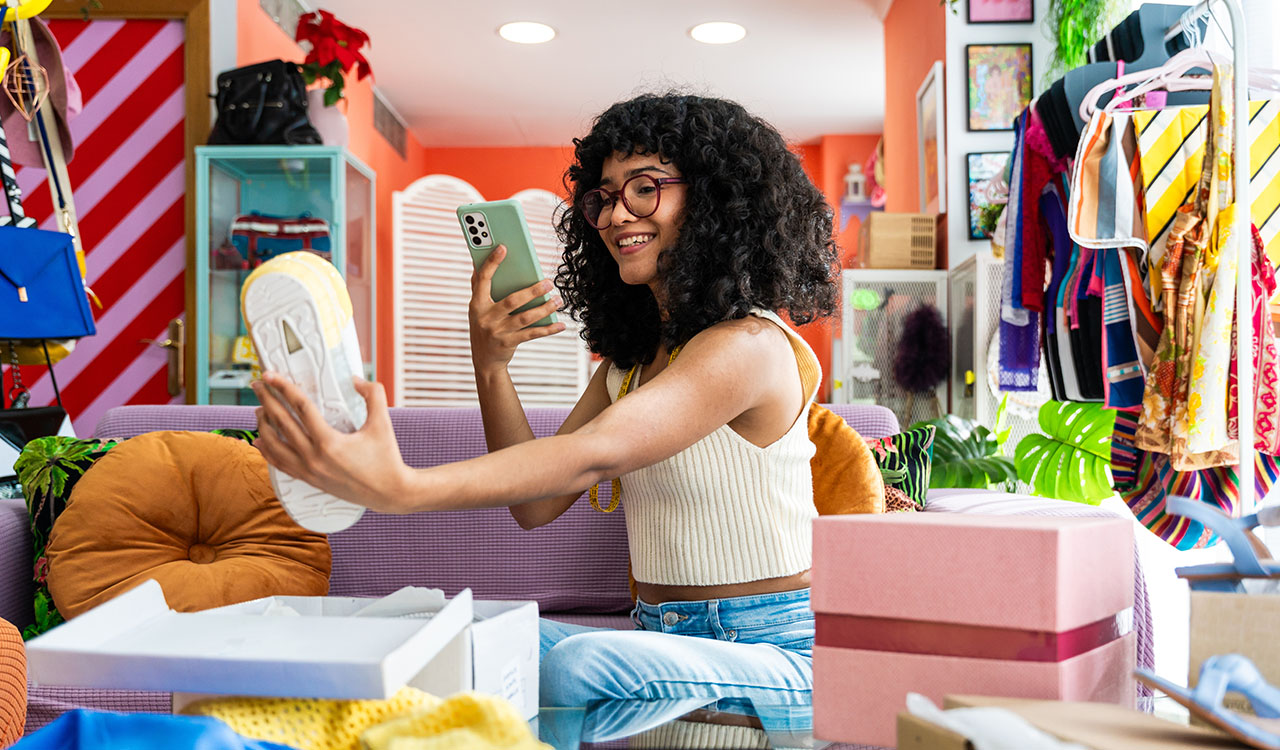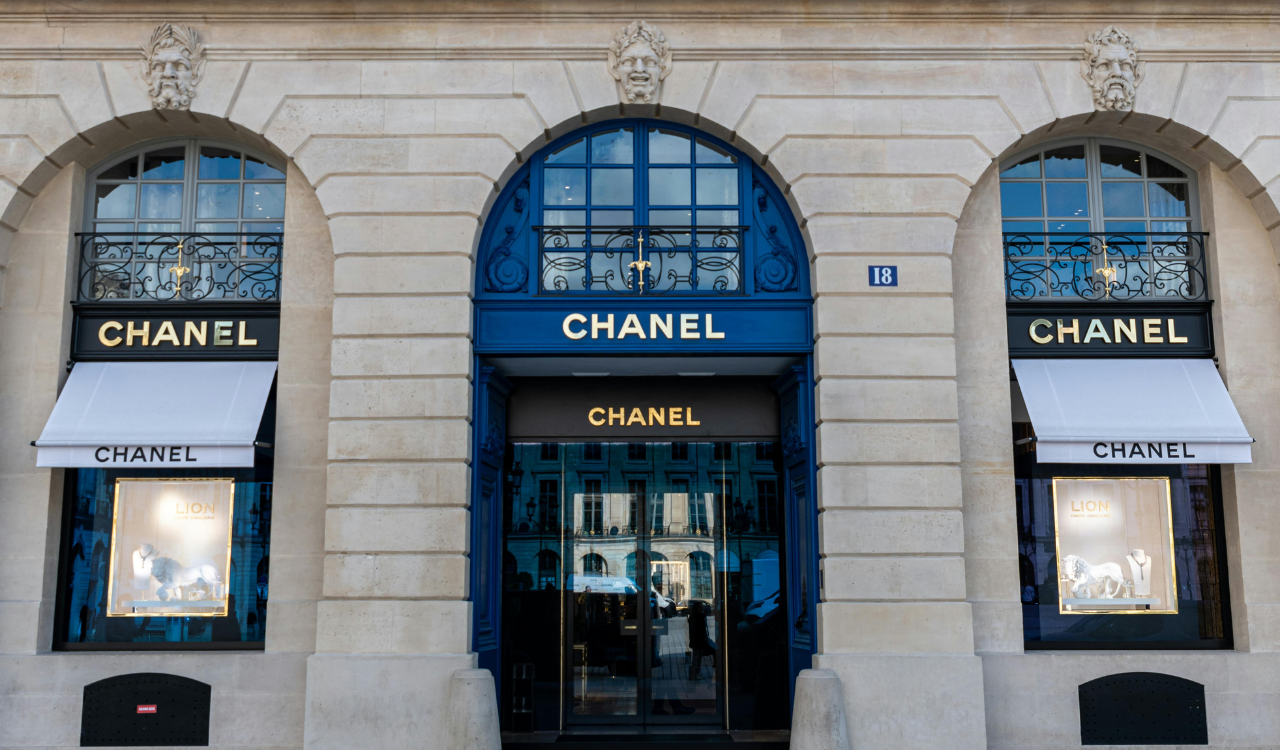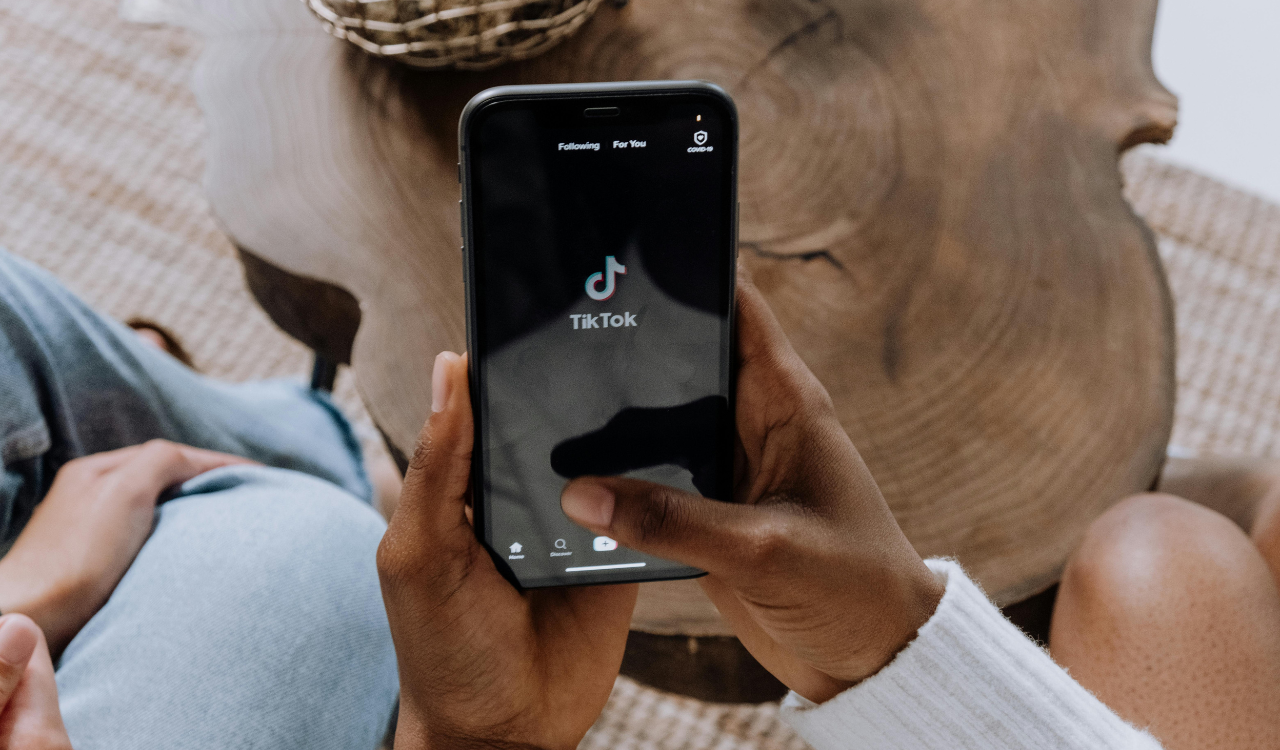Gen Z is many things, and topping the list right now is sentimental purchasing power. The trend reflects a longing for simpler, slower times when things seemed safer and more secure. Gen Z demands authenticity and uniqueness and although they may be deeply immersed in the digital world, wearing vintage outfits, listening to old-school music and even resurrecting classic technology tap into their self-expression. Gen Z’s nostalgic trend is, ironically, accelerated by that very 21st century medium, social media.
There was a brief, though sadly unrequited rumor that video rental store chain Blockbuster was going to make a comeback (there remains a single store in Bend, Oregon, available for rent as an Airbnb).
The trend also plays into ideals about sustainability and reducing waste. Shopping second-hand and giving old items a new life is a no-brainer for those wishing to reduce their carbon footprint. According to estimates, over 80 percent of Gen Z shoppers buy pre-worn apparel. Pragmatists, they see no contradiction in throwing in the odd Shein haul at the same time. If it lasts, it will eventually become retro as well.
Reworn
Pioneer Rent the Runway proved that the circular economy can be popular and sustainable. Jennifer Hyman, CEO and co-founder, told NRF delegates in New York earlier this year that the business, celebrating its 15th anniversary, made it “feel normal to wear clothing other women had worn before.”
She said it is now entirely acceptable to buy second-hand, have subscriptions and do rentals but for the industry to grow Hyman said people need to think about their “closet value.” She predicted a future when the product page provided by retailers includes information such as a buy-back price within a certain timeframe and the price as a rental item.
Meantime, in London two large circular economy, multi-brand apparel stores have opened as long-term pop-ups in the West End. By Rotation recently extended its tenure by six months and has been joined by Known Source. More brands are leveraging the desire for sustainability and retro and vintage styles are variations on that theme. And the poster child for reworn is Patagonia that checks off all the sustainability boxes, offering refreshed apparel with pride, workmanship, and an alternative to landfills in Ghana.
Thrift Flips
There is also a profitable business in flipping thrift items. Inflated prices have become commonplace for rare sneakers, luxury items or time-limited drops. However, in a strange turn of events, pieces from companies like Forever 21, Topshop and Abercrombie & Fitch have been sold on resale sites for multiple times their original price. Part of the appeal is that older mid-market brands are perceived to be better quality than today’s fast fashion. Young consumers are also more likely to prioritize natural fabrics, like silk or cotton. Another appeal of the older items is scarcity, AKA, less likelihood of showing up in the same outfit as someone else.
Retro Tech in Demand
Fashion is just the tip of the nostalgia iceberg. Somewhat improbably, retro tech is also making a big comeback as Gen Z seeks out lower tech ways to stay connected. Perhaps the most emblematic of that sentiment is the Nokia 3210, an iconic phone from the 1990s in the pre-iPhone age. It was reintroduced by the manufacturer in 2024, featuring a color screen, the game Snake, and 4G connectivity. Dumb phones, now relabelled as feature phones, play into JOMO, the joy of missing out.
And let’s not forget about music. Vinyl sales have been skyrocketing for years now, but more recently all the forerunners are looking at cassettes, helped by the once ubiquitous Sony Walkman appearing in a spate of hit movies and TV series. Sales in both the U.S. and U.K. reached new highs after Netflix first streamed its apocalyptic series The Last of Us. The humble cassette was transformed into retro chic. The British Phonographic Industry (BPI) reported that spending on physical music formats – CDs, vinyl and other formats including cassettes – increased by 6.2 percent to nearly $430 million last year.
Google searches for #digitalcameras have also doubled in the U.K. over the past five years, following an earlier comeback of the iconic instant camera, Polaroid. There was even a brief, though sadly unrequited rumor that video rental store chain Blockbuster was going to make a comeback (there remains a single store in Bend, Oregon, available for rent as an Airbnb). One of the original digital toys – Tamagotchi –- came back onto the shelves in a refreshed guise after an updated version, still requiring attentive owners to keep it ‘alive,’ debuted at the Tokyo Toy Fair two years back.
That relaunch coincided with Hasbo’s launch of fellow 1990s digitally connected toy Furby, the weird furry child companion that spent most of its time frightening parents by randomly speaking from deep inside closets and under beds. Even the huge success of Warren Buffet’s favorite Squishmallows, while not a retro toy as such, plays into the simpler toys of childhood. And, of course, Barbie was reintroduced to a new generation more recently after Mattel had a huge movie hit, putting both Mattel and Gen Z in the pink.
Guinness and Gen Z
Here’s an interesting side story. Forget St Patrick’s Day, every day is a red-letter day for Ireland’s favourite brew, Guinness. So much so that the taps in the U.K. have run dry at some bars in recent months. However, the fans driving soaring sales are not those from, or with heritage connections to, the Emerald Isle, or the stout’s old school back bar drinkers. Instead, the brand’s new fans are Gen Z, and they can’t get enough of the deep black stout. As it turns out, Gen Z is craving a bitter beverage that hails from the western outpost of Europe to quench their first. Gen Zs have popularized Guinness on TikTok and Instagram and have reinvigorated demand for the brand. Celebrity fans have also fuelled the trend; Kim Kardashian made headlines when she supped a pint in a London pub and the singer Olivia Rodrigo made waves when she wore a ‘Guinness is Good 4U’ T-shirt when performing in Dublin last year. Guinness 0.0 is now Britain’s best-selling non-alcoholic beer and international drinks brand.
Capturing Gen Z’s Retro Love
Looking to future opportunities of how can brands play in this generationally reflective space? Even if their products aren’t technically nostalgic, using modern tech to create immersive, retro-driven experiences, or partnering with emerging artists or brands to put a fresh spin on classic designs can refresh brand marketing – just as long as it’s not nostalgia-washing. It could also mean tapping into nostalgic trends in adjacent industries, like food and beverage or home décor, to broaden retro appeal, or learning from successful collaborations by sports brands. But brands that want to walk that narrow line have to keep things authentic and exciting. If they want to win Gen Z’s loyalty, they have to be real. For Gen Z nostalgia might, it would seem, be just what it is cracked up to be.





